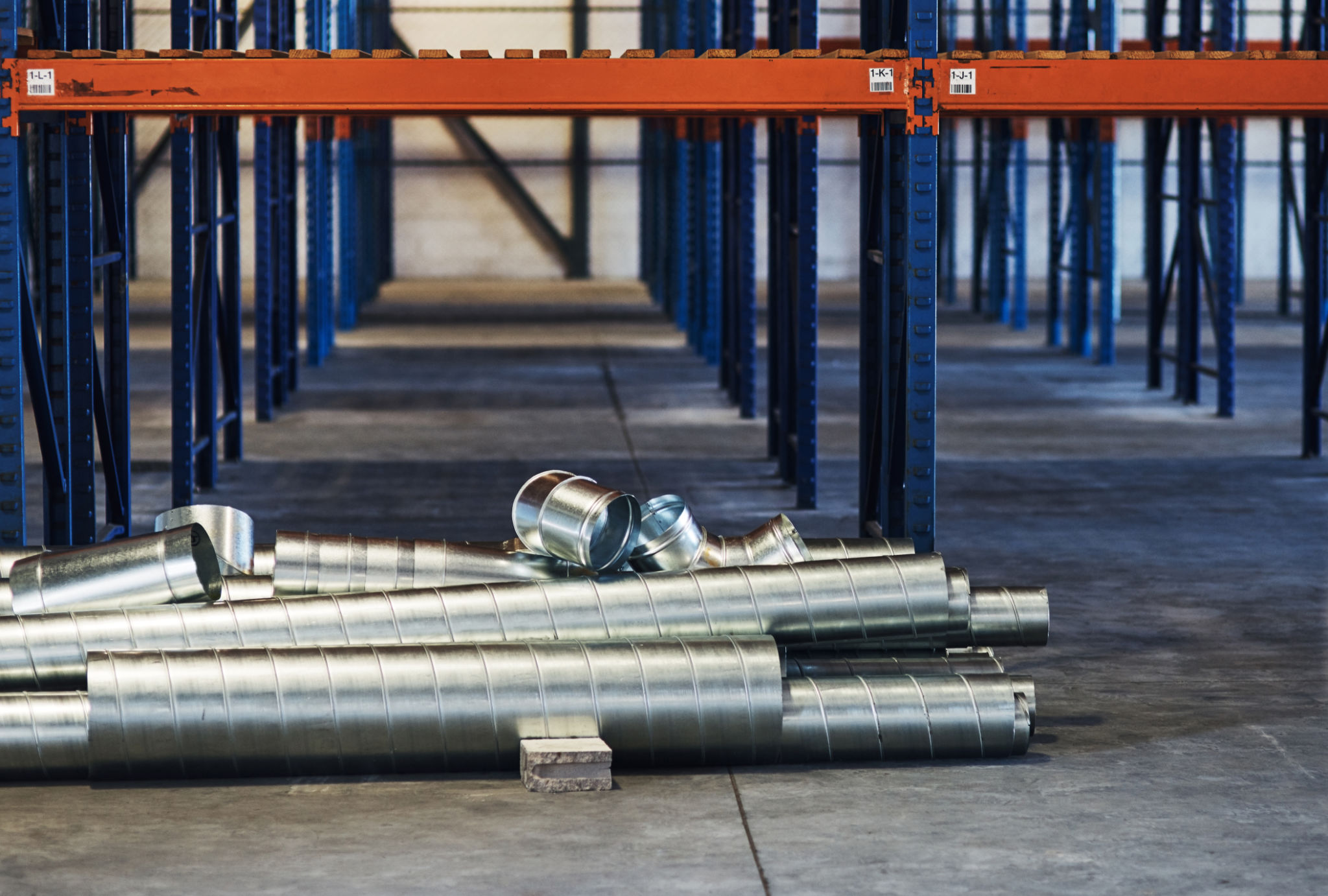How to Choose the Right Scaffolding for Your Project in SA
SM
Understanding Your Project Requirements
When embarking on a construction or renovation project in South Africa, selecting the right scaffolding is crucial for ensuring safety and efficiency. The first step in this process is understanding the specific requirements of your project. Consider the height and complexity of the structure, as well as the duration of the project. These factors will guide you in determining the type and amount of scaffolding needed.
It's also essential to assess the environmental conditions, such as wind and weather patterns, which may affect the stability and safety of the scaffolding. This preliminary evaluation will help you make informed decisions as you consider different scaffolding options.

Types of Scaffolding
There are various types of scaffolding available, each designed to meet specific needs. The most common types include:
- Tube and Coupler Scaffolding: Known for its flexibility and strength, it is ideal for complex structures.
- System Scaffolding: This modular option is quick to assemble and versatile, making it suitable for a range of projects.
- Suspended Scaffolding: Perfect for projects involving high-rise buildings where ground access is limited.
Choosing the right type depends on the nature of your project and the specific requirements identified during your initial assessment.

Safety Considerations
Safety should always be a top priority when selecting scaffolding for your project. Ensure that all scaffolding components comply with South African safety standards and regulations. Check for stability, load capacity, and proper installation procedures to minimize the risk of accidents.
Additionally, all workers should be trained in safe scaffolding practices. Regular inspections should be conducted to identify any potential hazards or maintenance needs. Implementing these safety measures will help protect both your workers and the integrity of your project.

Cost and Budgeting
The cost of scaffolding can vary significantly depending on the type, size, and duration of your project. It's important to balance cost with quality and safety. Renting scaffolding can be a cost-effective solution for short-term projects, while purchasing might be more economical for long-term needs.
Be sure to get multiple quotes from reputable suppliers to compare prices and services. Look for providers who offer comprehensive support, including delivery, installation, and dismantling services.
Selecting a Reputable Supplier
The right supplier can make a significant difference in the success of your project. Choose a supplier with a proven track record in the industry and positive reviews from previous clients. They should offer a range of scaffolding options and provide expert advice tailored to your project’s needs.
It's also beneficial to work with suppliers who offer ongoing support and maintenance services, ensuring that any issues are promptly addressed during the course of your project.

Environmental Impact
With growing concerns about environmental sustainability, consider the environmental impact of your scaffolding choices. Opt for suppliers who use eco-friendly materials and practices. Additionally, plan for responsible disposal or recycling of scaffolding materials once your project is completed.
By considering these aspects, you help protect the environment while contributing positively to your community and industry standards.
Conclusion
Selecting the right scaffolding for your project in South Africa requires careful consideration of multiple factors, including project requirements, safety, cost, supplier reliability, and environmental impact. By taking a comprehensive approach to choosing scaffolding, you ensure not only the success of your current project but also set a standard for future endeavors.
Invest in quality scaffolding solutions that prioritize safety and efficiency, aligning with both industry standards and your project's unique needs.
